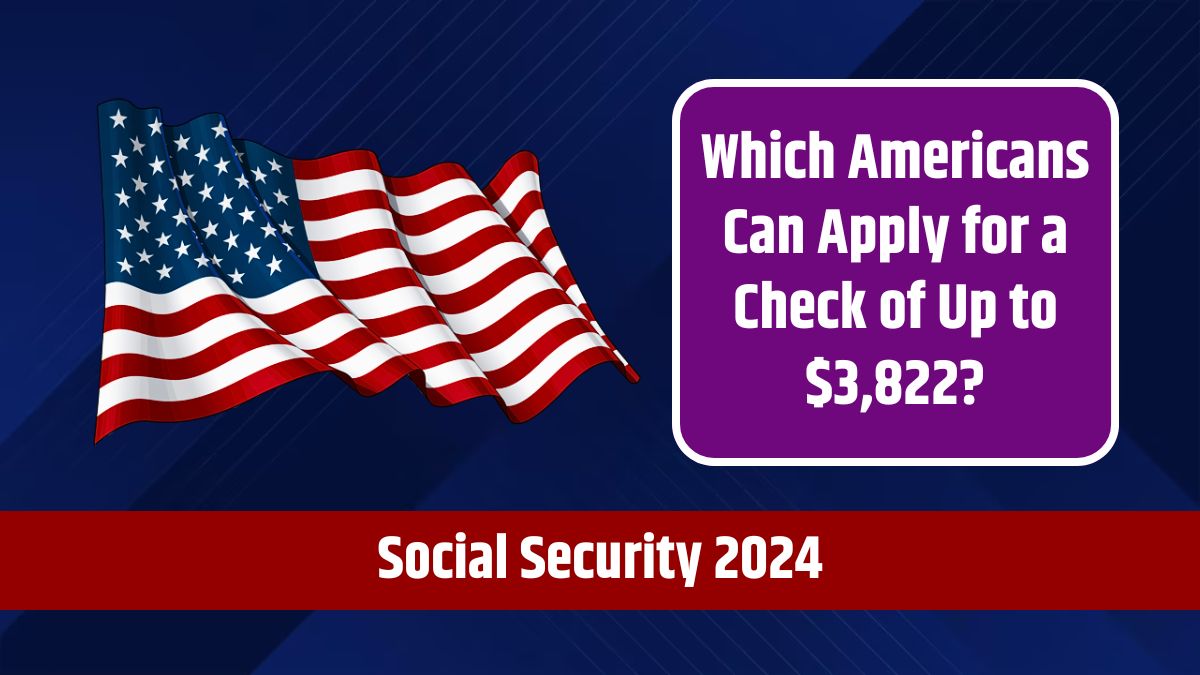Retiring in 2024 could be a financially rewarding decision if you meet specific criteria. The Social Security Administration (SSA) offers a monthly payment of $3,822 to eligible retirees who file in 2024. However, some workers may even qualify for higher amounts. While achieving these payments isn’t easy, it’s possible with proper planning and awareness of the rules surrounding Social Security benefits.
Contents
- 1 Full Retirement Age (FRA)
- 2 Eligibility
- 3 Boosting Payment
- 3.1 Social Security Maximum Benefit for Full Retirement Age Workers – Changes Following the 2025 COLA Increase
- 3.2 FAQs
- 3.3 What is the Full Retirement Age in 2024?
- 3.4 How can I increase my Social Security payments?
- 3.5 Is it possible to get more than $3,822 monthly?
- 3.6 What happens if I haven’t worked for 35 years?
- 3.7 What jobs are covered by Social Security?
Full Retirement Age (FRA)
The Full Retirement Age (FRA) is a crucial factor in determining your Social Security benefits. As of 2024, the FRA is 66 years and 8 months. At this age, you can apply for retirement benefits and receive 100% of the amount you’ve earned without any reductions. But keep in mind, you won’t get any extra money by filing at this age—just the full amount you’re entitled to.
For those who are willing to delay filing until the age of 70, the rewards can be even greater. By waiting, you can increase your monthly benefits to as much as $4,873, compared to the $3,822 available at your FRA. This difference underscores the value of delaying benefits if it fits your financial situation.
It’s important to note that for anyone born in 1960 or later, the FRA is 67 years. The age of 65 is no longer the FRA, a change that reflects gradual adjustments in Social Security policies over the years.
Eligibility
Earning the maximum Social Security benefit isn’t just about reaching your FRA. There are additional conditions that you need to meet to qualify for the $3,822 monthly check in 2024:
1. Work for at Least 35 Years: Your Social Security benefits are calculated based on your 35 highest-earning years. If you have not worked for 35 years, the SSA will include zeros for the years you didn’t work, which will reduce your overall benefit.
2. Earn the Taxable Maximum: To get the maximum benefit, you need to have earned the taxable maximum income for at least 35 years. For 2024, this taxable maximum is $168,600. Only income up to this amount is subject to Social Security taxes, and it’s the income that’s used to calculate your benefits.
3. Hold Jobs Covered by SSA: Not all jobs are covered by Social Security, so it’s vital that your employment history includes jobs that are. Government workers, for example, may have different retirement systems that aren’t part of the Social Security program.
4. File for Retirement Benefits: Obviously, to receive benefits, you need to file an application with the SSA. The timing of your filing can significantly affect your benefit amount.
5. Stay Eligible: To continue receiving Social Security payments, you must remain eligible. For instance, certain criminal activities, like going to prison, could disqualify you from receiving benefits.
Boosting Payment
Reaching the maximum Social Security payment involves a combination of strategic career planning and timing your retirement correctly. By ensuring you work the full 35 years, max out your earnings to the taxable limit, and consider delaying retirement until age 70, you can significantly increase your monthly benefits.
For most people, reaching the $3,822 monthly benefit in 2024 requires a lifelong commitment to earning a high income and remaining employed in jobs covered by Social Security. If this sounds daunting, remember that even small adjustments to your retirement strategy can result in more money in your pocket when you retire.
The path to maximizing Social Security benefits may not be easy, but with careful planning and a thorough knowing of the rules, it is achievable.
FAQs
What is the Full Retirement Age in 2024?
In 2024, the FRA is 66 years and 8 months.
How can I increase my Social Security payments?
Work for 35 years, earn the taxable maximum, and delay filing until age 70.
Is it possible to get more than $3,822 monthly?
Yes, delaying benefits until age 70 can increase payments up to $4,873.
What happens if I haven’t worked for 35 years?
Your benefit will be reduced as years with no earnings will be averaged in.
What jobs are covered by Social Security?
Most jobs are covered, but some government positions may have different retirement systems.













